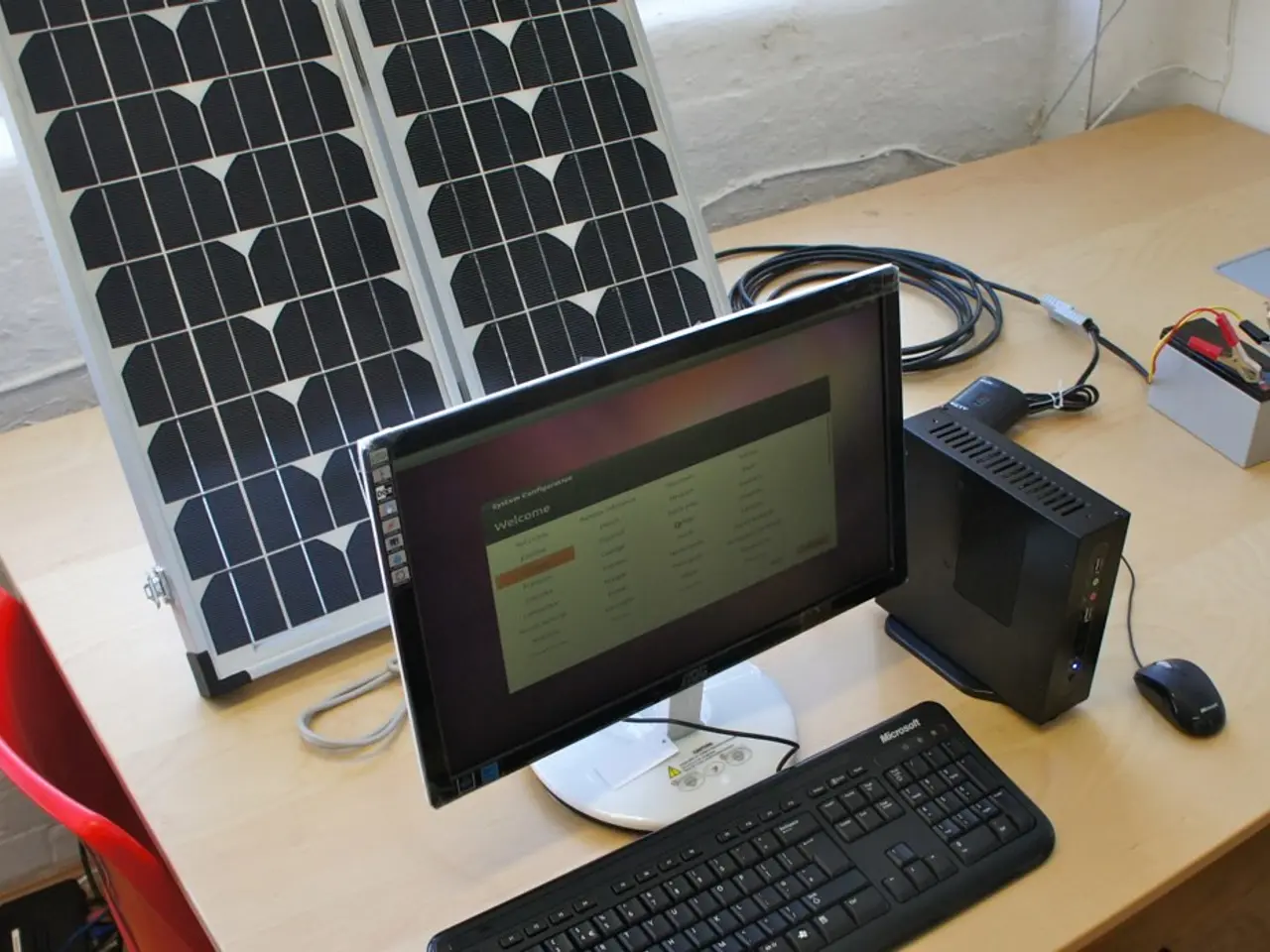Sydney University Team Sets New Solar Efficiency Record
A University of Sydney-led scholar team has set a new record for solar technology. Their innovative triple-junction perovskite-perovskite-silicon tandem solar cell, measuring 1 cm, has demonstrated exceptional efficiency and stability.
The team, led by Professor Anita Ho-Baillie, achieved a remarkable steady-state power conversion efficiency of 27.06% for the 1 cm cell. This was made possible by replacing methylammonium with rubidium and lithium fluoride with piperazinium dichloride, significantly enhancing the cell's stability.
Gold nanoparticles were employed to connect the two perovskite junctions. This innovative approach maximized electric charge flow and light absorption, contributing to the cell's impressive performance. The cell also passed the IEC's Thermal Cycling test, retaining 95% of its efficiency after over 400 hours of continuous operation.
The team also achieved a steady-state power conversion efficiency of 23.3% for a larger 16 cm cell. The research, published in Nature Nanotechnology, was carried out in collaboration with international partners from China, Germany, and Slovenia, including the Australian National University (ANU).
Professor Ho-Baillie's groundbreaking work has been recognized with the Eureka Prize for Sustainability Research. Her team's latest achievement brings us closer to affordable, high-efficiency solar technology. The University of Sydney's research paves the way for a sustainable future powered by efficient, stable, and low-cost solar cells.
Read also:
- Boston Metal pioneers route to commercial production for eco-friendly steel method
- United States Secures $632 Million to Fuel Electric Vehicle Revolution
- Clean energy companies HyFlux and AMRC secure financing from ATI for game-changing advancements in aeroplane cooling systems linked to clean aviation.
- DKSH Upgrades Distribution Operations Through Significant Technological Renovation








